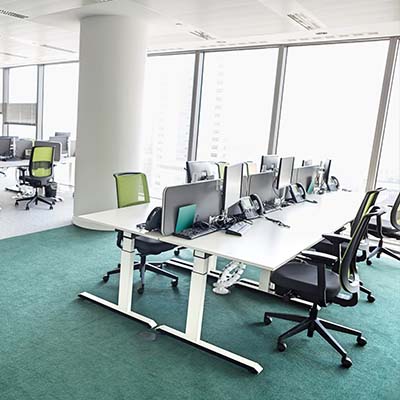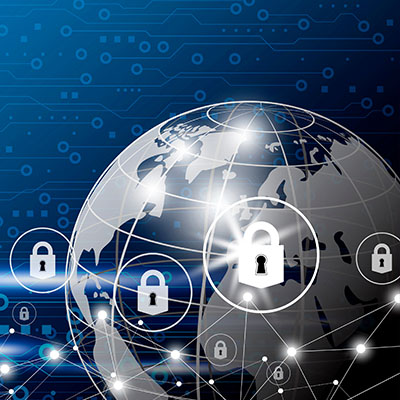For reasons that we’re all too familiar with, the workplace changed drastically a few years ago when office workers everywhere suddenly found themselves thrust into remote work. As it turns out, a lot of them have liked being able to work remotely. That makes the efforts of a few outspoken companies to roll back remote work somewhat worrisome… but experts aren’t convinced these outliers represent the reality of the situation.
It isn’t uncommon to hear about how much working from home has environmental benefits—and on its face, this claim makes a lot of sense. We did have to wonder, however, how much greener remote work really is—if at all. Let’s go into why the question of whether remote work is the environmentally friendly option isn’t as clear-cut as you might expect.
The idea of hot desking, or foregoing the traditional assigned workstation office organization method, is increasing in popularity, and for good reason. There might be several pros and cons to it, but people are generally finding that the benefits outweigh the costs. Let’s go over how you can implement hot desking to save money and improve operations.
With plenty of benefits to be had from both in-house and remote operations, many companies have been working to take advantage of a hybrid approach to business. While this approach has proven greatly beneficial to businesses in assorted ways, there are a few drawbacks that need to be addressed. One major one: a lack of inclusivity.
After this prolonged pandemic, remote work has established itself as a key component of many organizations’ operational policies and infrastructures. However, it has added new levels of complexity that make managing a workforce more important than ever. Let’s discuss some ways management can improve the work experience for remote employees.
Cybersecurity is something that must be reinforced both in the office and out of the office for your remote employees, and it’s unfortunately quite difficult to maintain. Let’s take a look at the unique circumstances surrounding the remote worker and how you should reinforce security best practices for them, even if they are not physically present in the workplace.
Widespread remote work is a relatively new method of operations for most businesses, but even with the limited amount of time it has been in play, the benefits it contributes have been made abundantly clear. Working on the assumption that remote work won’t be abandoned as quickly as it was adopted and instead may see some growth, let’s hypothesize what impacts it could bring to society as a whole.
Contrary to what many might assume, remote work is commonly associated with overwork—employees working longer hours and having difficulties disconnecting from professional life during their personal time. This can have some serious consequences if not offset in some way, so let’s discuss how this can be accomplished.
Remote work has become more legitimate than ever before to the point that people can now work effectively anywhere and not just their homes. This brings up an interesting question, however, as this trend means that one could effectively work while they’re on a vacation.
Let me ask you a question: if you haven’t already gone back to the office full-time, are you looking forward to the opportunity? Research has shown that your answer probably depends quite strongly on whether you are the boss or the employee. Let’s explore this phenomenon.










